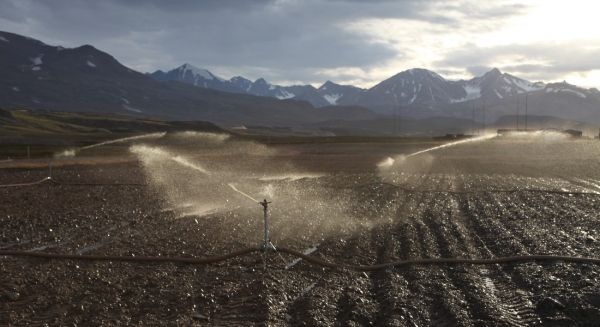Diesel-polluted soil from now defunct military outposts in Greenland can be remediated using naturally occurring soil bacteria according to an extensive five-year experiment in Mestersvig, East Greenland, to which the University of Copenhagen has contributed.
Mothballed military outposts and stacks of rusting oil drums aren’t an unusual sight in Greenland. Indeed, there are about 30 abandoned military installations in Greenland where diesel, once used to keep generators and other machinery running, may have seeped into the ground.
This is the case with Station 9117 Mestersvig, an abandoned military airfield on the coast of East Greenland. Forty tons of diesel fuel contaminated the soil at Mestersvig. As a result, Danish Defence and NIRAS, an engineering company, initiated an experiment to optimize the conditions for naturally occurring soil bacteria to break down soil contaminants.
Bacterial populations and the biodegradation of diesel compounds were continuously monitored by scientists from the University of Copenhagen’s Department of Plant and Environmental Sciences and the Geological Survey of Denmark and Greenland (GEUS). After five years, the researchers found that the bacteria had bioremediated as much as 82 percent of the 5,000 tons of contaminated soil.
Read more at University of Copenhagen - Faculty of Science
Image: Landfarming works by distributing contaminated soil in a thin layer, which is then ploughed, fertilized and oxygenated every year to optimize conditions for bacteria to degrade hydrocarbons. (Photo: Anders Christian Vestergaard)


